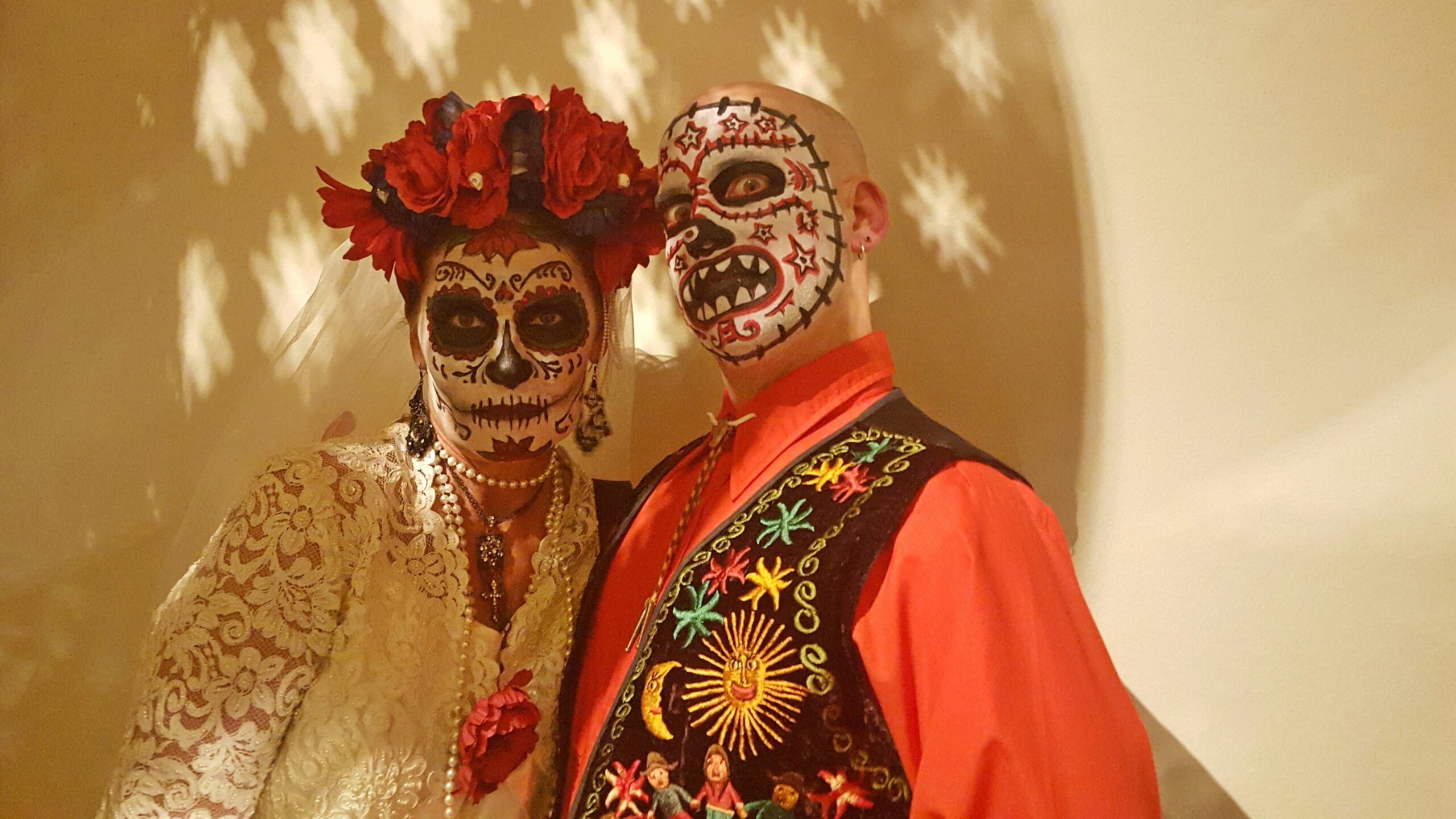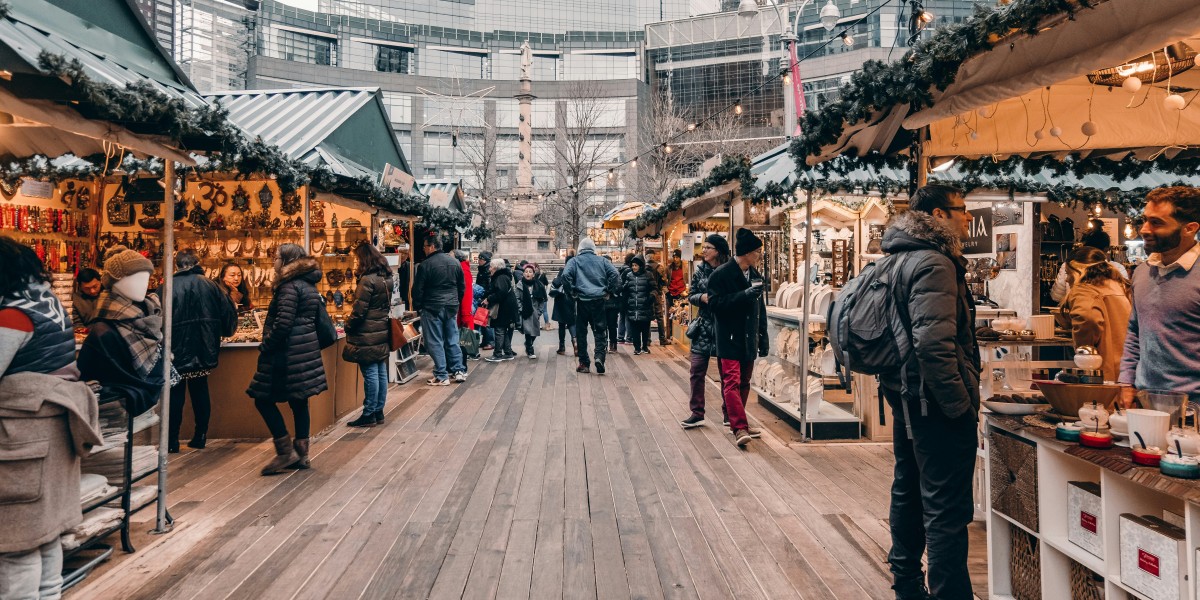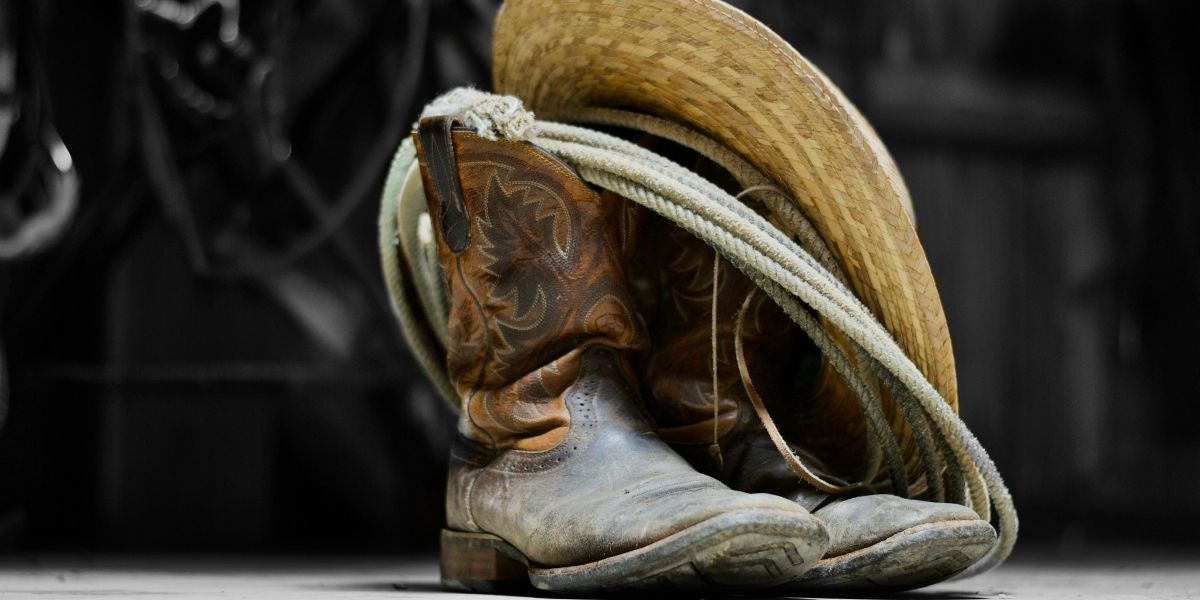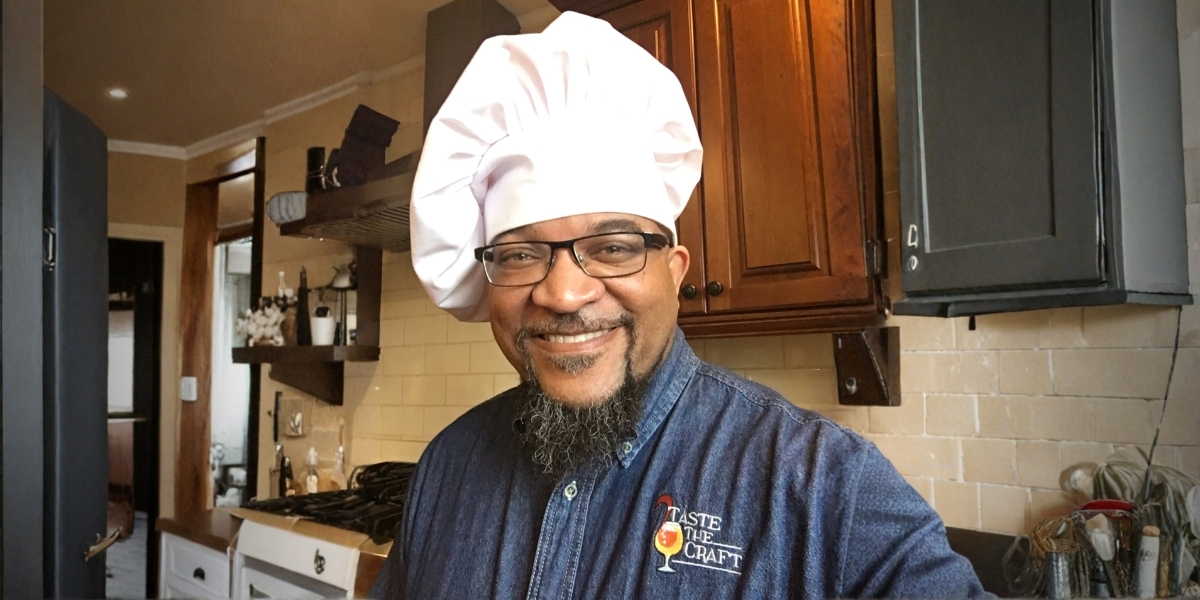Origins of the Celebration
Día de los Muertos, known in English as the Day of the Dead, is a Mexican tradition that honors the memory of deceased loved ones. It is observed each year on November 1 and 2, aligning with Catholic observances of All Saints’ Day and All Souls’ Day. The holiday blends Indigenous practices with Spanish Catholic influence, creating a unique cultural expression that has endured for centuries.
The roots of the celebration trace back to pre-Columbian civilizations such as the Aztecs, who viewed death as part of a continuous cycle rather than an end. When Spanish colonizers introduced Catholicism, Indigenous rituals merged with Christian practices, shaping the modern observance. As explained by the World History Encyclopedia, the holiday has been practiced in some form for over 3,000 years, reflecting a long-standing respect for the connection between life and death.
This historical blending reassures many that Día de los Muertos is not about fear or loss but about continuity. It provides a cultural framework where remembering the dead is seen as natural and even comforting. Families are reminded that honoring ancestors is not only acceptable but also a way to strengthen bonds across generations.
Traditions and Symbols
Central to the celebration are ofrendas, or altars, built in homes and cemeteries. These are decorated with marigolds, candles, photographs, and offerings such as sugar skulls and favorite foods of the departed. Each item carries meaning. Marigolds, often called the “flower of the dead,” are believed to guide spirits back to the living. Candles represent light, while food and drink welcome the spirits as honored guests.
The Houston Community College Egalitarian describes how these altars are not somber but vibrant, filled with color and life. Families gather to share stories, music, and meals, turning remembrance into a communal event that emphasizes joy as much as memory.
Sugar skulls, or calaveras, are another recognizable symbol. They are often decorated with bright patterns and sometimes inscribed with names. While skulls might appear unsettling in other contexts, here they are playful and celebratory, reminding participants that death is part of life’s cycle.
Family and Community Gatherings
The holiday is not limited to private homes. Cemeteries become gathering places where families clean graves, decorate them with flowers, and spend time together. Music, food, and conversation create an atmosphere of reunion rather than mourning.

In Sacramento, the Latino Center of Art and Culture hosts an annual event called El Panteón, which brings the community together to honor loved ones. As reported by CapRadio, participants describe the experience as a way to “bring them back and host them,” reinforcing the idea that the dead remain part of family life.
These gatherings highlight how Día de los Muertos is both personal and collective. Families remember their own ancestors while also sharing in a broader cultural tradition. This balance between private memory and public celebration helps reduce feelings of isolation that can accompany grief.
Food and Shared Rituals
Food plays a central role in the holiday. Pan de muerto, or bread of the dead, is a sweet bread often flavored with anise and decorated with bone-shaped designs. Families prepare it to share among themselves and to place on ofrendas. Other traditional foods include tamales, mole, and drinks like atole, a warm corn-based beverage.
These meals are not only offerings but also a way for families to connect across generations. Recipes are passed down, and cooking together becomes part of the ritual. The act of preparing and sharing food reinforces continuity, reminding participants that traditions live on through everyday practices.
The Yahoo Lifestyle feature on Day of the Dead celebrations in the United States notes that food is one of the most recognizable aspects of the holiday, with its aromas filling streets and cemeteries during festivals. This sensory experience makes the holiday accessible even to those unfamiliar with its deeper history.
Global Recognition
Although Día de los Muertos originated in Mexico, it is now observed in many parts of the world. Communities in the United States, particularly in cities with large Mexican populations, hold public festivals with parades, music, and art installations. These events allow people outside Mexico to engage with the tradition while respecting its cultural roots.
UNESCO recognized Día de los Muertos as part of the Intangible Cultural Heritage of Humanity in 2008, affirming its importance as a cultural practice. This recognition has helped raise awareness internationally, encouraging respectful participation and education.
For those unfamiliar with the holiday, this global recognition provides reassurance that Día de los Muertos is not a niche or isolated practice. It is a respected cultural tradition that continues to grow in visibility while maintaining its original meaning.
Meaning for Families Today
For many families, Día de los Muertos is less about history and more about connection. It provides a structured time to remember loved ones, share stories, and pass traditions to younger generations. The holiday helps normalize conversations about death, making it less frightening and more approachable.
The Mexico Histórico publication explains that the celebration reflects a deep respect for ancestors and the cyclical nature of life. This perspective can be reassuring for those who struggle with loss, offering a way to frame death as part of a larger pattern rather than an abrupt end.
By combining ritual, community, and memory, Día de los Muertos continues to provide comfort. It reminds participants that honoring the dead is not about dwelling on absence but about celebrating presence in a different form.








